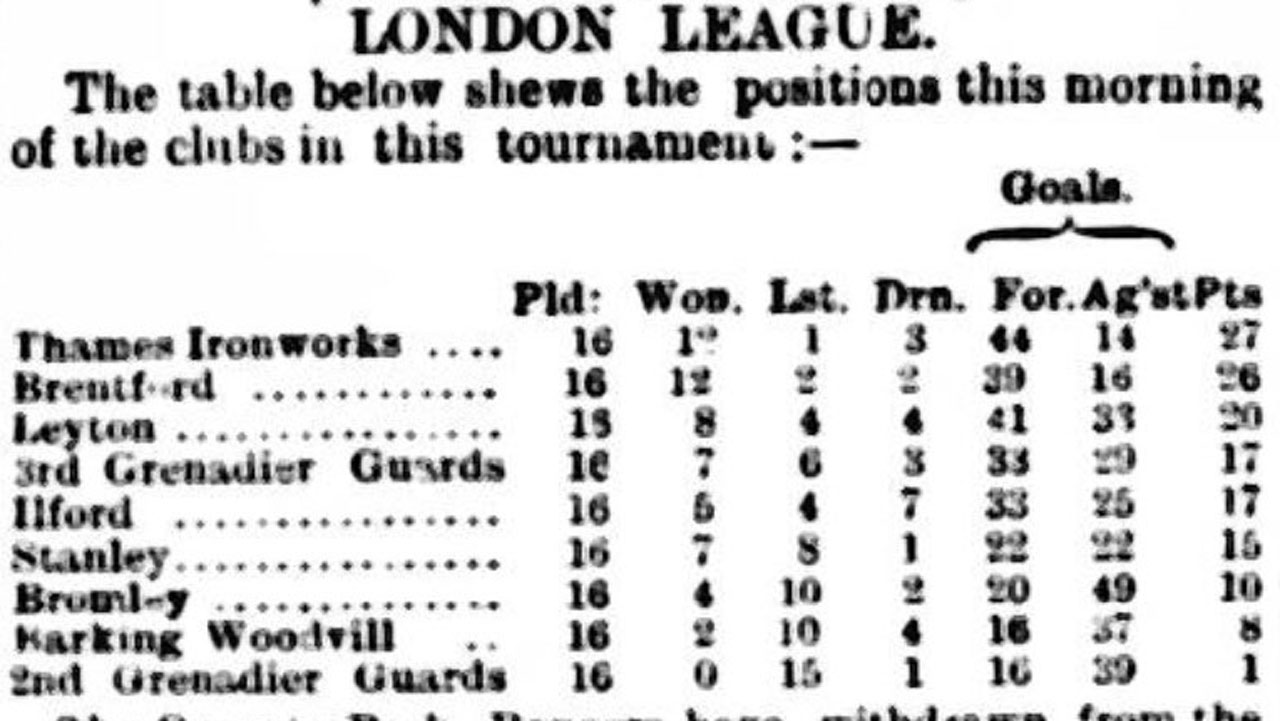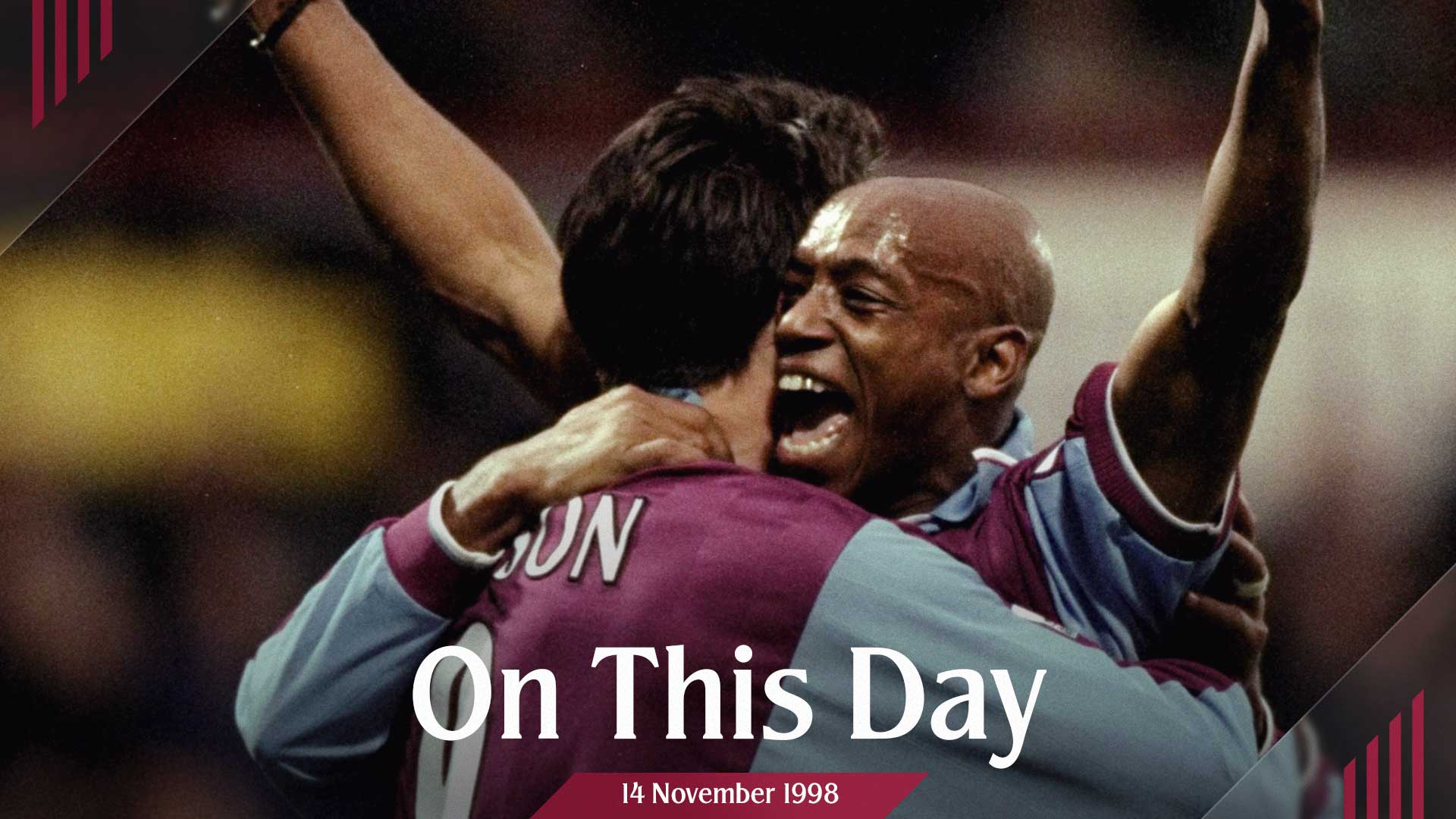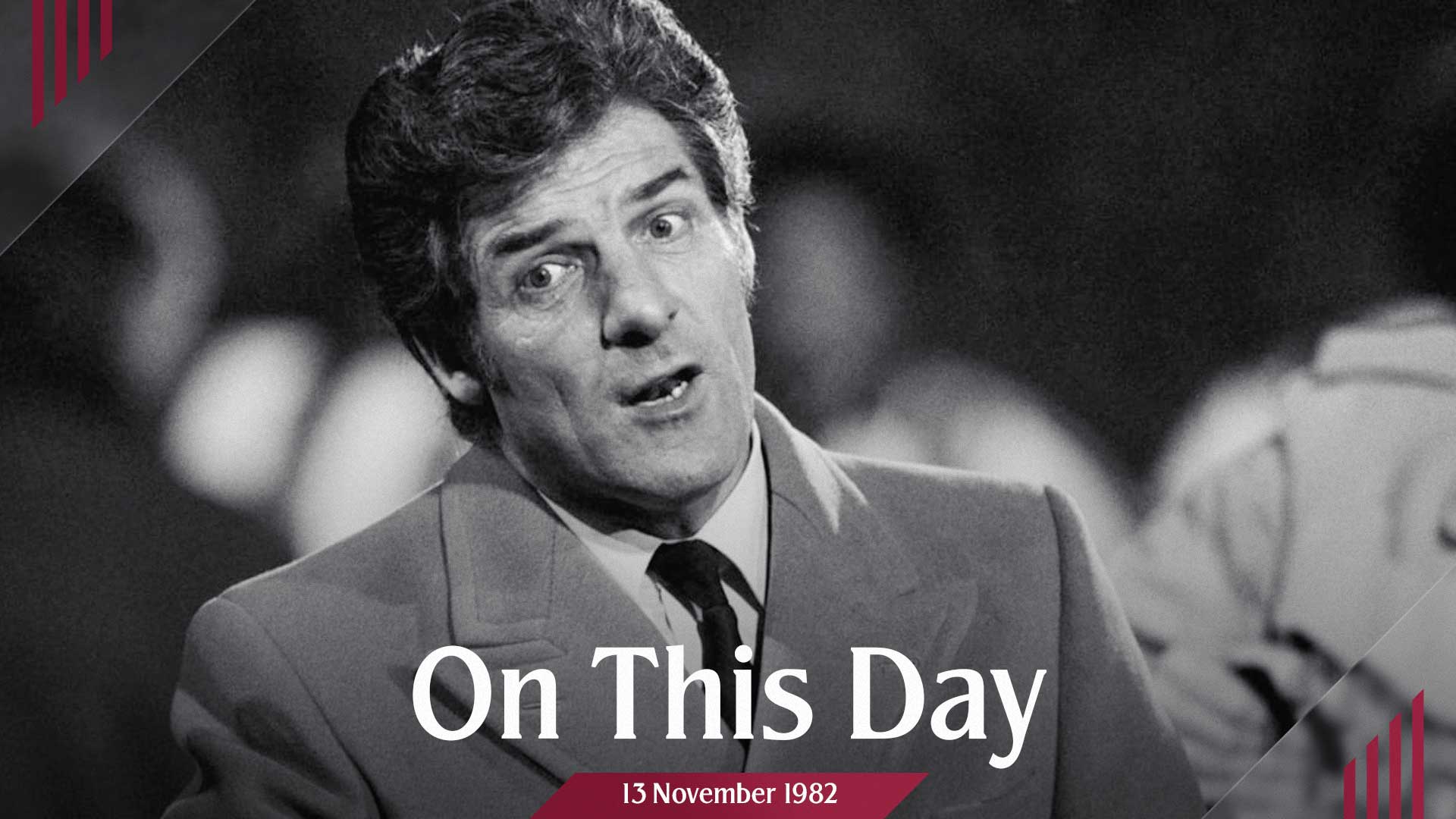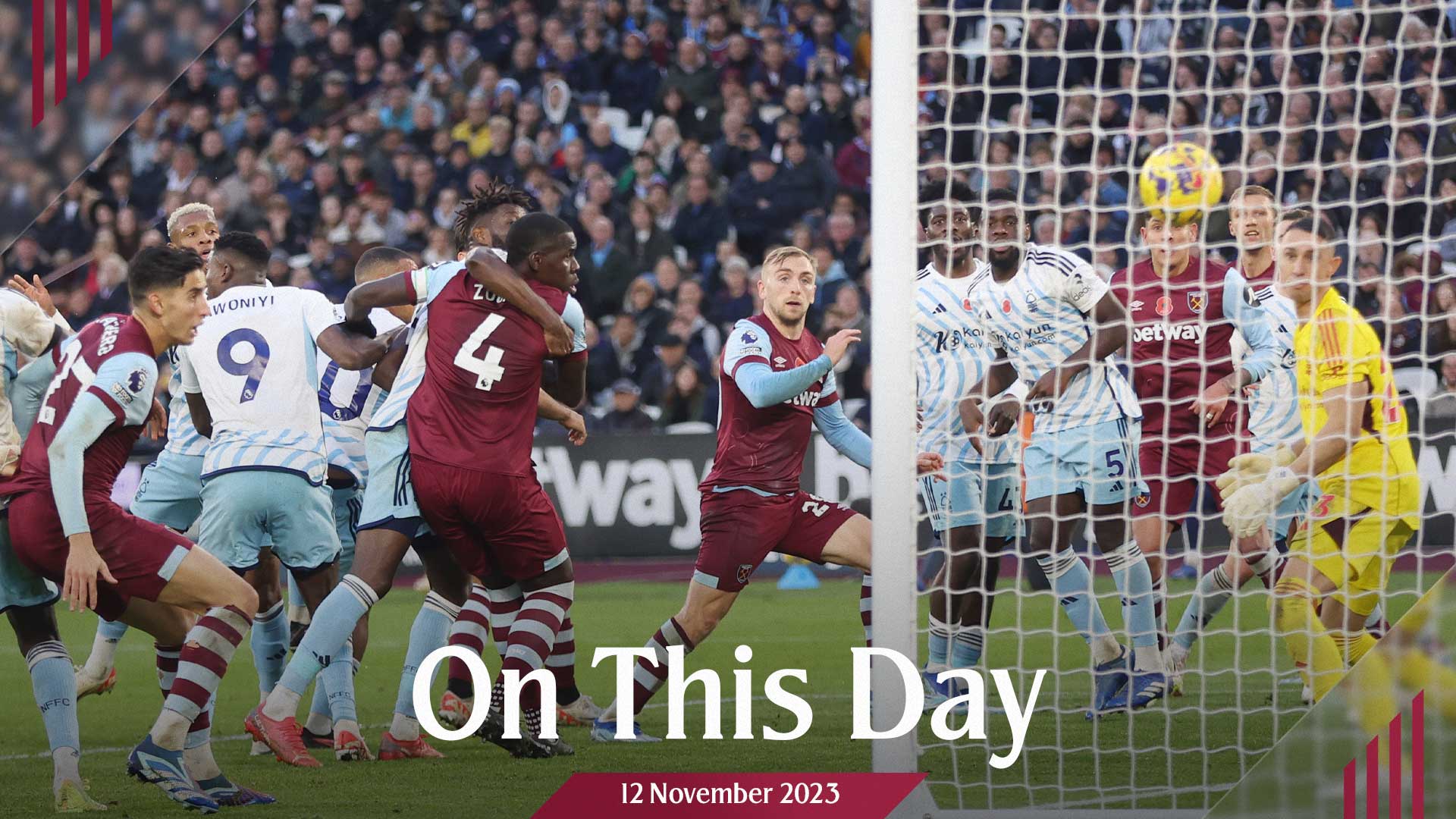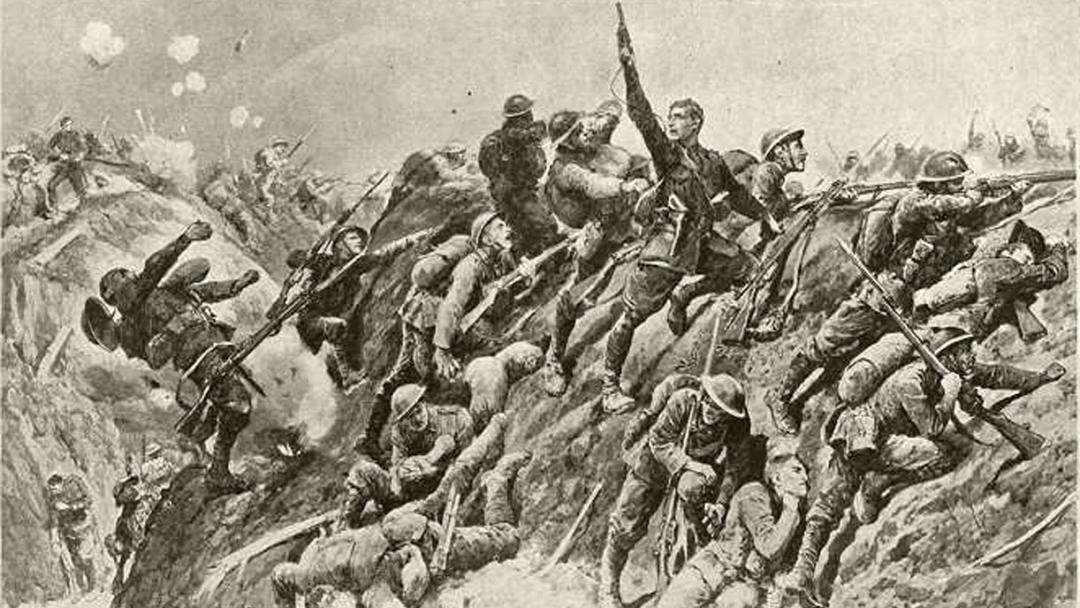Thames Ironworks FC was formed in the summer of 1895 by Thames Ironworks and Shipbuilding Company managing director Arnold Hills and foreman Dave Taylor as a football team for workers at their huge shipyard and iron works at Bow Creek.
The new team spent their first season largely playing friendly matches against clubs from across London and the south east, while they also lost their first FA Cup tie at Chatham in Kent, but bounced back to defeat local rivals Barking to win the West Ham Charity Cup on 20 April 1896.
A few weeks earlier, on 12 March, a meeting of club delegates was held at Finsbury Barracks in the City of London ‘with a view to establishing a London League’. Over 50 clubs were invited to attend, including Thames Ironworks, with the Morning Leader newspaper suggesting ‘all this points to the probably formation of two Senior Divisions’.
Nearly 40 clubs were represented at the meeting, and the idea for the London League was ‘unanimously adopted’, with plans for three divisions of ten clubs each be elected.
However, when a report appeared in the Kentish Mercury on 20 March listing the first ten members of the new ‘League for London’, Thames Ironworks FC was not listed among them!
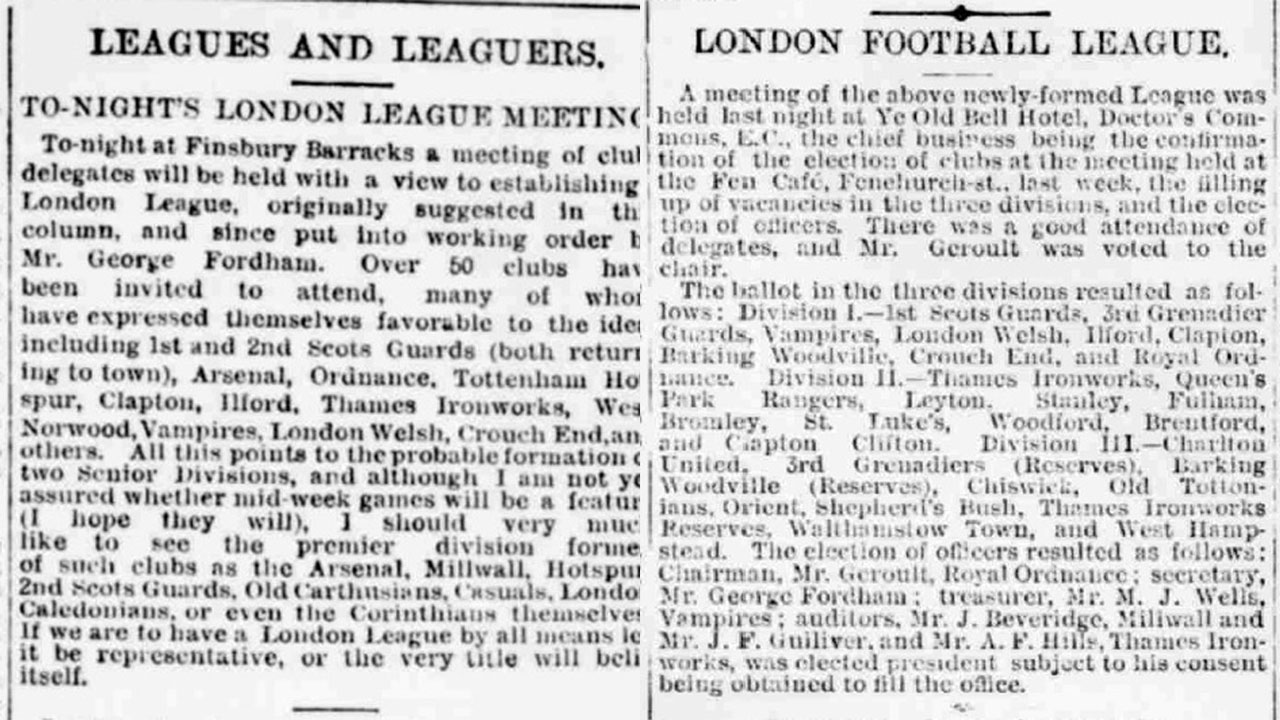
Instead, The Arsenal, Millwall Athletic, Tottenham Hotspur, Royal Ordnance, Clapton, London Welsh, Vampires, Ilford, 3rd Grenandier Guards and 1st Scots Guards were the ten clubs ‘selected’.
When a second meeting was held at the Fen Café in Fenchurch Street on 26 March, Thames Ironworks FC was proposed as a member and, such was the interest, three divisions were now proposed.
At the same time, the team’s players continued to work their day jobs at the Thames Ironworks and Shipbuilding Company, from where Hills oversaw the launch of the 12,230-ton battleship Fuji into the River Thames for the Imperial Japanese Navy on 31 March.
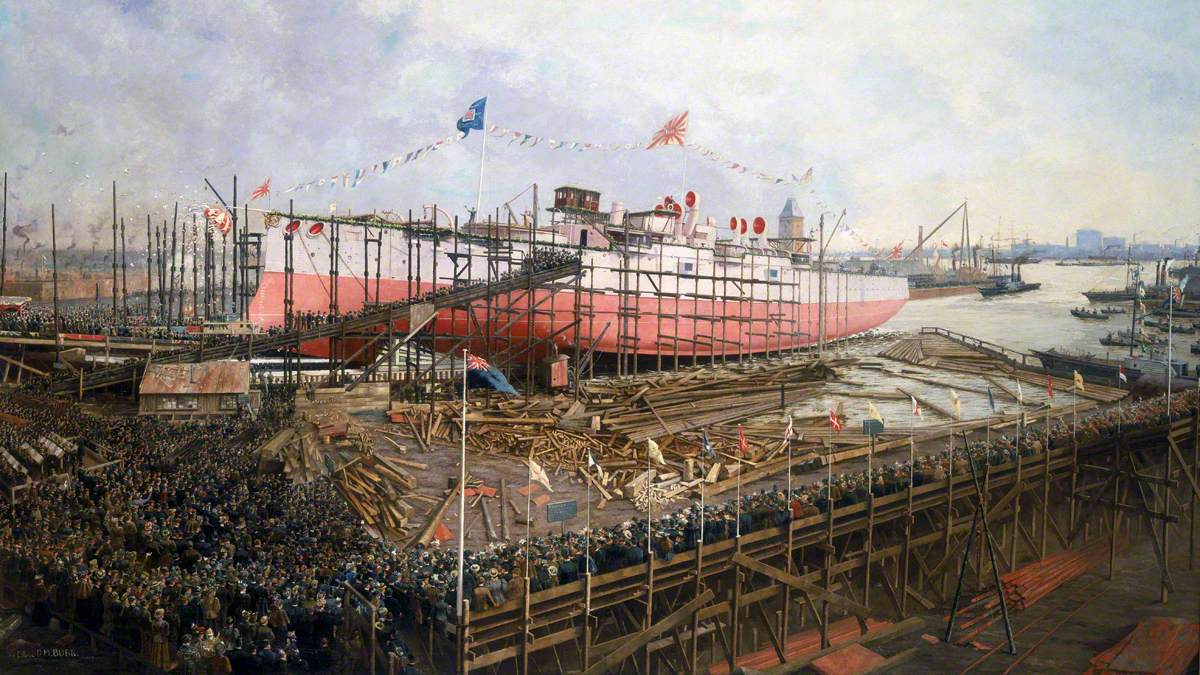
The following evening, 1 April, a third meeting of club representatives took place at Ye Old Bell Hotel in Fleet Street, and Thames Ironworks were voted into Division II alongside Queens Park Rangers, Leyton, Stanley, Fulham, Bromley, St Luke’s, Woodford, Brentford and Clapton Clifton. Meanwhile, Ironworks’ Reserves were voted into Division III.
While he was not in attendance, Hills was elected president of the league ‘subject to his consent being obtained to fill the office’. It was reported in July that Hills had accepted the role later that summer and he and Thames Ironworks FC committee chairman Francis Payne helped to draft the competition’s rules.
With league football to prepare for, the club brought in a number of new players from other clubs, but the core of the team remained workers at the Company itself, including ships plater and inside forward George Gresham and riveter and defender Charlie Dove.

Then, in mid-August, Royal Ordnance FC ‘retired’, and Thames Ironworks FC accepted an invitation to fill the vacancy in Division I just a few weeks before the inaugural season was due to begin.
The same week, Payne hosted an event for ‘members and friends of the club’ at which they enjoyed music, toasts to the club and president Hills from chairman Payne and the announcement of a ‘stiff’ programme for the 1896/97 season that would see the club enter teams in the English (FA) Cup Competition, London Senior Cup, West Ham Charity Cup and Essex Senior Cup, as well as the London League First Division and South Essex League First and Second Divisions.
The London League formally kicked-off on Saturday 19 September, with Vampires travelling from Crouch End in north London to Hermit Road in Canning Town to take on Thames Ironworks.
Gresham and Dove were both in the starting XI, with the former scoring Ironworks’ first-ever league goal ‘barely a minute from the start’. With the wind at their backs in the second half, and captain Bob Stevenson leading a strong defence, Ironworks confirmed an historic victory through two goals scored by centre forward Edward Hatton.
With so many competitions to participate in, it was perhaps a blessing for Thames Ironworks that ultimately only eight clubs were elected to London League Division I. One of them, 1st Scots Guards, were beaten 2-0 at Hermit Road on 8 October, then withdrew from the league, leaving the division with just seven members.
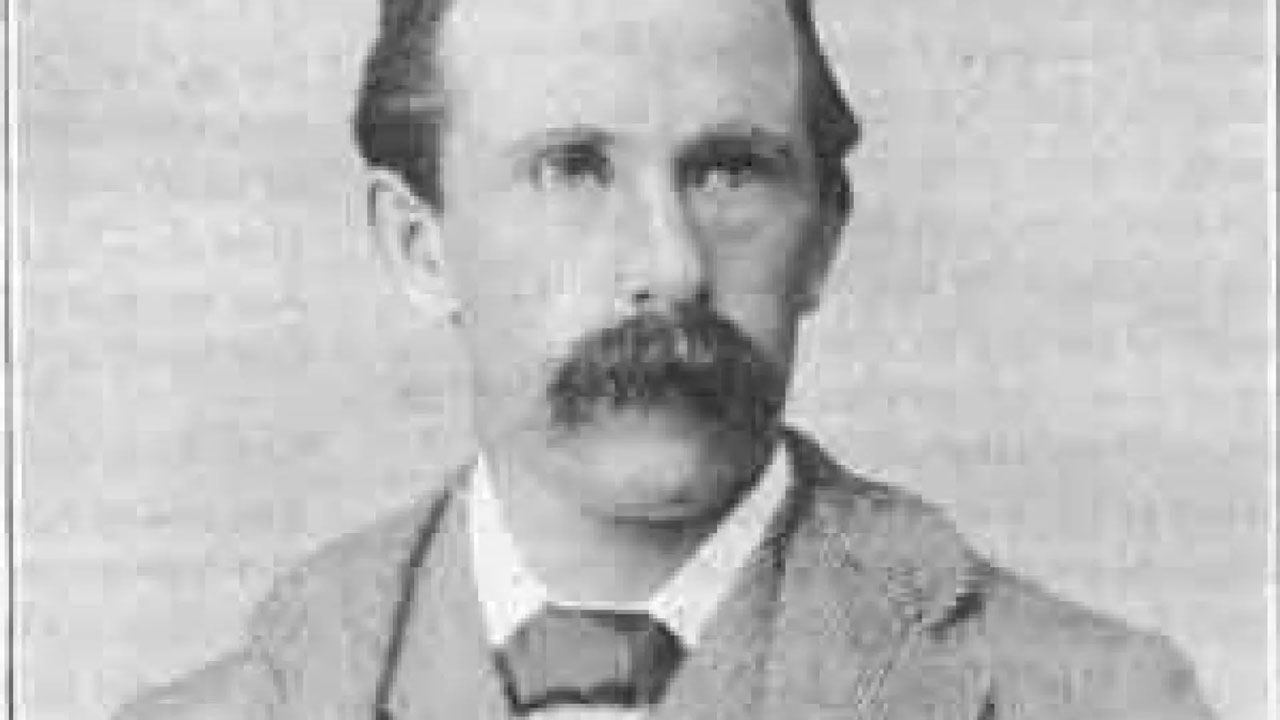
Ironworks were evicted from Hermit Road later that month and had to play their next four London League games away from home before Hills leased a temporary ground at Browning Road in East Ham. Unsurprising, with all the upheaval, the team’s form was inconsistent. However, 1 Scots Guards’ withdrawal and the suspension of London Welsh saw the Ironworks ultimately finish their first league season as runners-up to 3rd Grenadier Guards.
The summer of 1897 saw Thames Ironworks move to their new £20,000 purpose-built home at the Memorial Grounds, where the football pitch was joined by a cycle track, running track and an outdoor swimming pool.
The stadium welcomed 1,000 spectators for the opening match of the second London League season against Brentford on 11 September 1897, with Scotsman Jimmy Reid scoring the only goal in a 1-0 victory.
That win set the tone for the season as Thames Ironworks won their opening six league matches and did not lose any of their first 14, recording emphatic victories over Leyton (4-0), Ilford (5-1) and Bromley (7-3) as they won all eight London League matches played at the Memorial Grounds, scoring 31 goals.
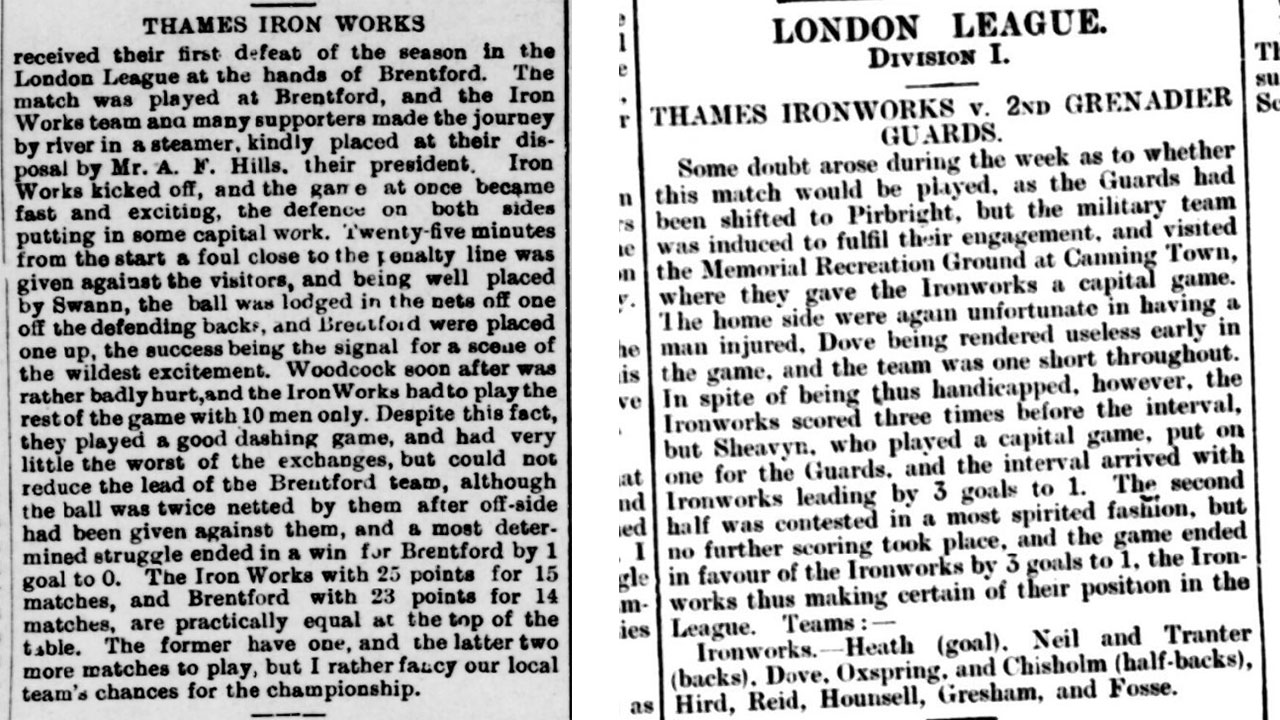
However, as the end of April 1898 approached, the title was still up for grabs, with Thames Ironworks and Brentford vying for top spot with two games to play.
On Saturday 23 April, Ironworks travelled down the River Thames – literally, as president Hills chartered a steam launch to take his team, friends and supporters to the game – to Brentford’s home at Shotter’s Field in Windmill Road, a mile west of their current home at the Gtech Community Stadium.
Despite Hills’ provision for his players, the Bees stung them 1-0, with Percy Swann scoring the only goal of the game with a deflected free-kick.
Thames Ironworks’ first defeat of the season, followed by Brentford’s midweek win over 3rd Grenadier Guards, meant the Middlesex club would pip them to the title if they could beat strugglers Barking Woodville, regardless of what Ironworks did against bottom-of-the-table 2nd Grenadier Guards.
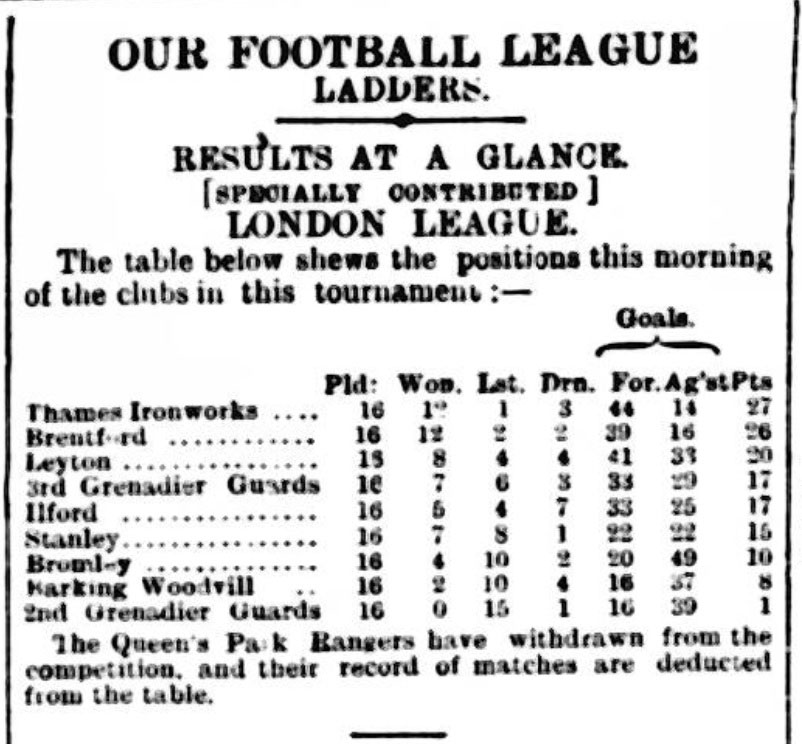
While Brentford were setting up a final-day showdown by beating one team of soldiers, the other were being reposted to Pirbright Camp in Surrey, putting their participation in their all-important match in ‘some doubt’.
However, the London League ordered the soldiers to play and 2nd Grenadier Guards dutifully made their way to the Memorial Grounds on Saturday 30 April 1898 to ‘fulfil their engagement’. Despite their best efforts, and Dove being ‘rendered useless’ by a first half injury, two goals from Robert Hounsell and one from Gresham saw Ironworks to a 3-1 win.
According to the Eastern Post ‘this match caused a lot of excitement at Canning Town and to the satisfaction of their large following the Ironworks won’.
With news being delivered that Brentford had failed to break down Barking Woodville’s defence and had to settle for a goalless draw at Shotter’s Field, Thames Ironworks FC had won the London League Division I title for the first time in the Club’s short history.
